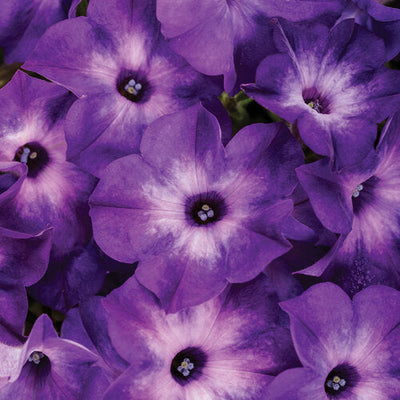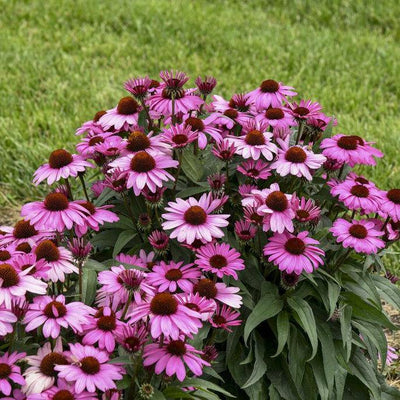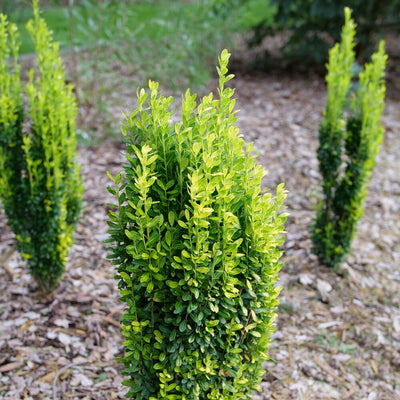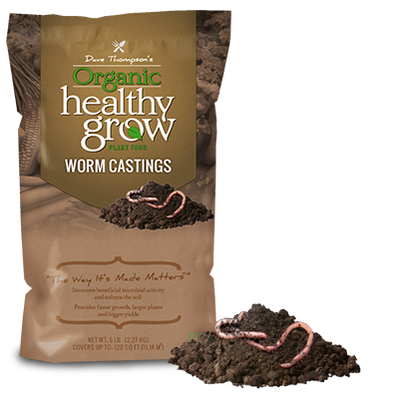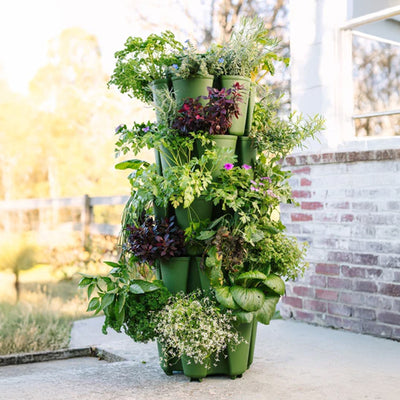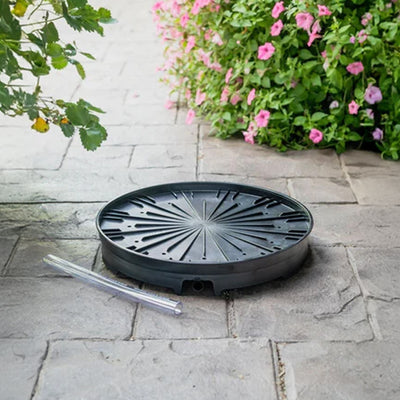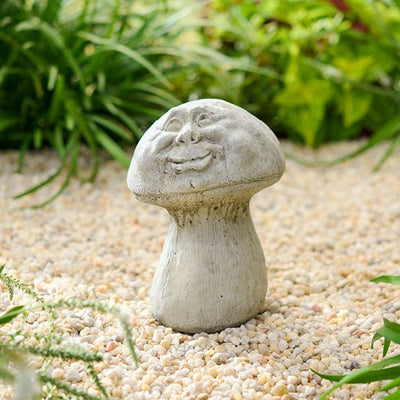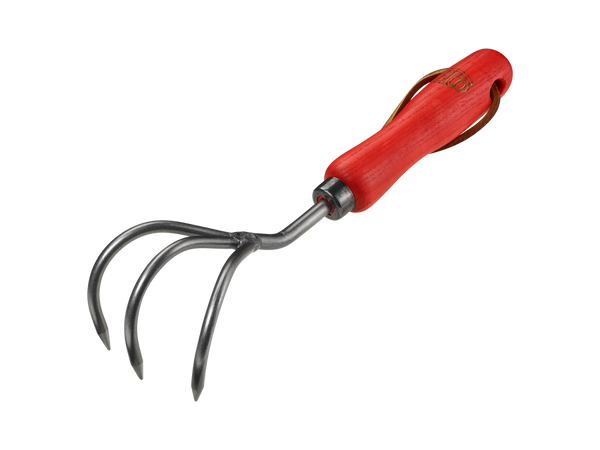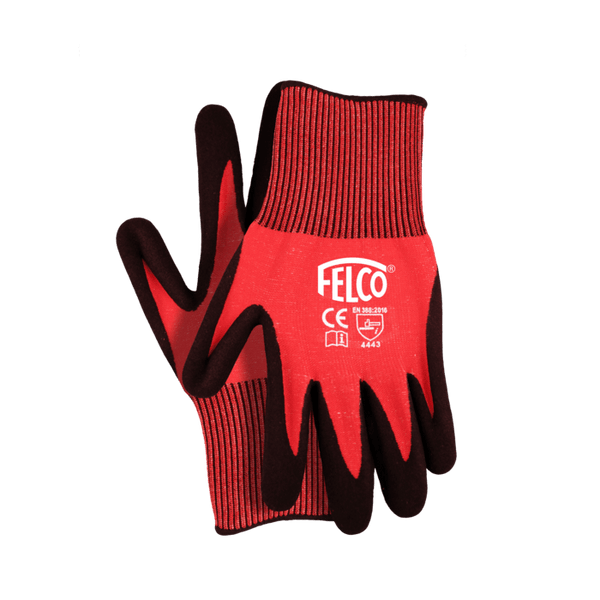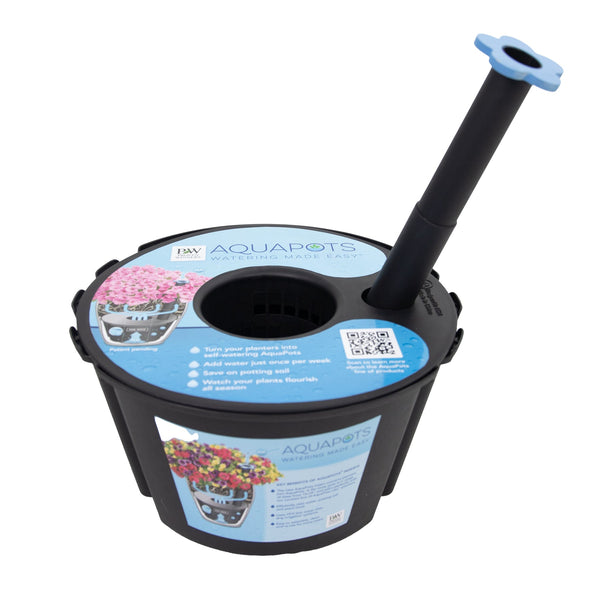Luscious® Grape Lantana | Proven Winners®
Proven Winners is constantly working to refine and improve their offerings for the North American garden and to the nursery industry in using the best in new plant and production materials.

Features
Characteristics
Plant Needs
Extremely heat tolerant; a brighter purple than Trailing Lavender
- Award Winner
- Fragrant Foliage
Characteristics
Plant Needs
Extremely heat tolerant; a brighter purple than Trailing Lavender
- Award Winner
- Fragrant Foliage
